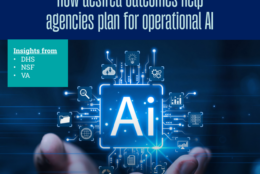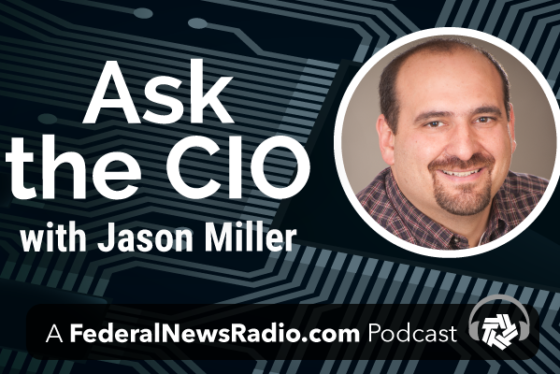Technology
-
A proactive system of action aligns with the principles of good cyber hygiene. It ensures that organizations are not merely responsive but anticipatory, staying one step ahead of cyber adversaries. The dynamics of cyberspace dictate that agility is the need of the hour, and a comprehensive system that enables swift responses to emerging threats embodies this agility.
November 27, 2023 -
The head of the IRS' cybersecurity operations says the Treasury agency is making progress on logging, multifactor authentication, and other aspects of "zero trust" security to help protect taxpayer data.
November 23, 2023 -
With nearly 50% of the government’s roughly two million civilian employees teleworking, the federal government continues to embrace digital transformation. And, just like organizations in the private sector, web browsers have emerged as essential tools…
November 22, 2023 -
Now, artificial intelligence can help agencies parse that data and read between the lines of each story to solve complex mission challenges in real time, right where the data is generated. We get the details from experts at Lexmark and Ingram Micro.
November 22, 2023 -
As agencies begin to formalize their AI programs and look at where to scale up pilots and use cases, federal and industry leaders point to prioritizing based on outcomes. Learn insights from DHS, NSF and VA, as well as Pegasystems in our new ebook.
November 22, 2023 -
Reliance on a paper-based system, insufficient staffing and incomplete applications remain the three top barriers to timely processing of federal employees’ retirement applications.
November 21, 2023 -
The Environmental Protection Agency, like many other organizations, has huge amounts of data about its workforce at its disposal. But it’s not just using that data to understand the present – the agency’s also using it to plan “EPA 2.0”.
November 21, 2023 -
ARPA-H plans to use generative AI internally, while exploring its use "across the patient, payer and provider sectors."
November 21, 2023









